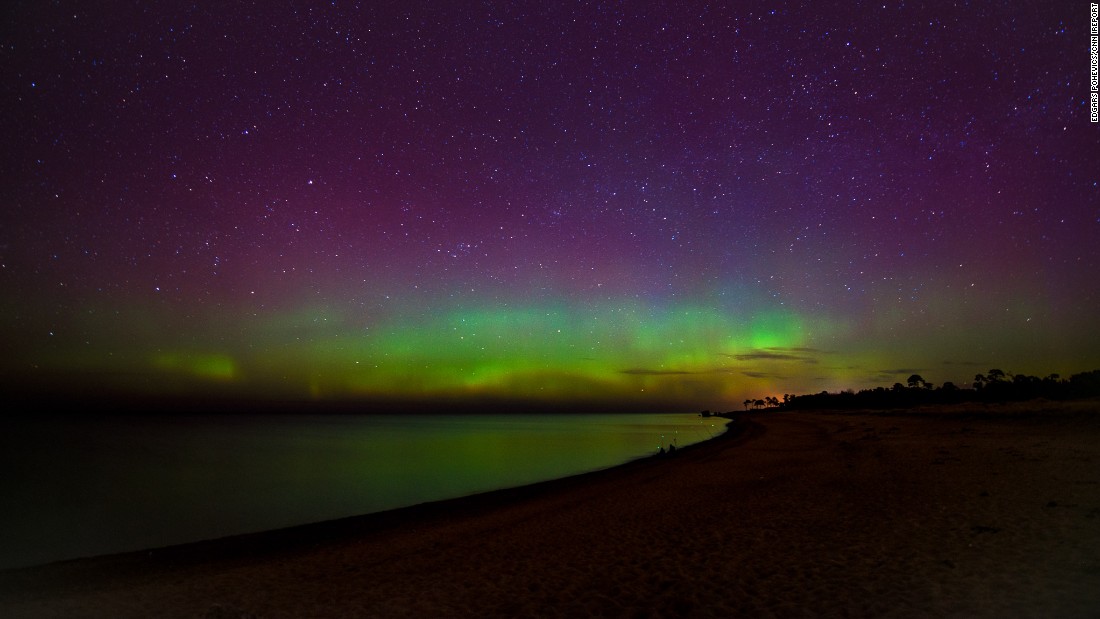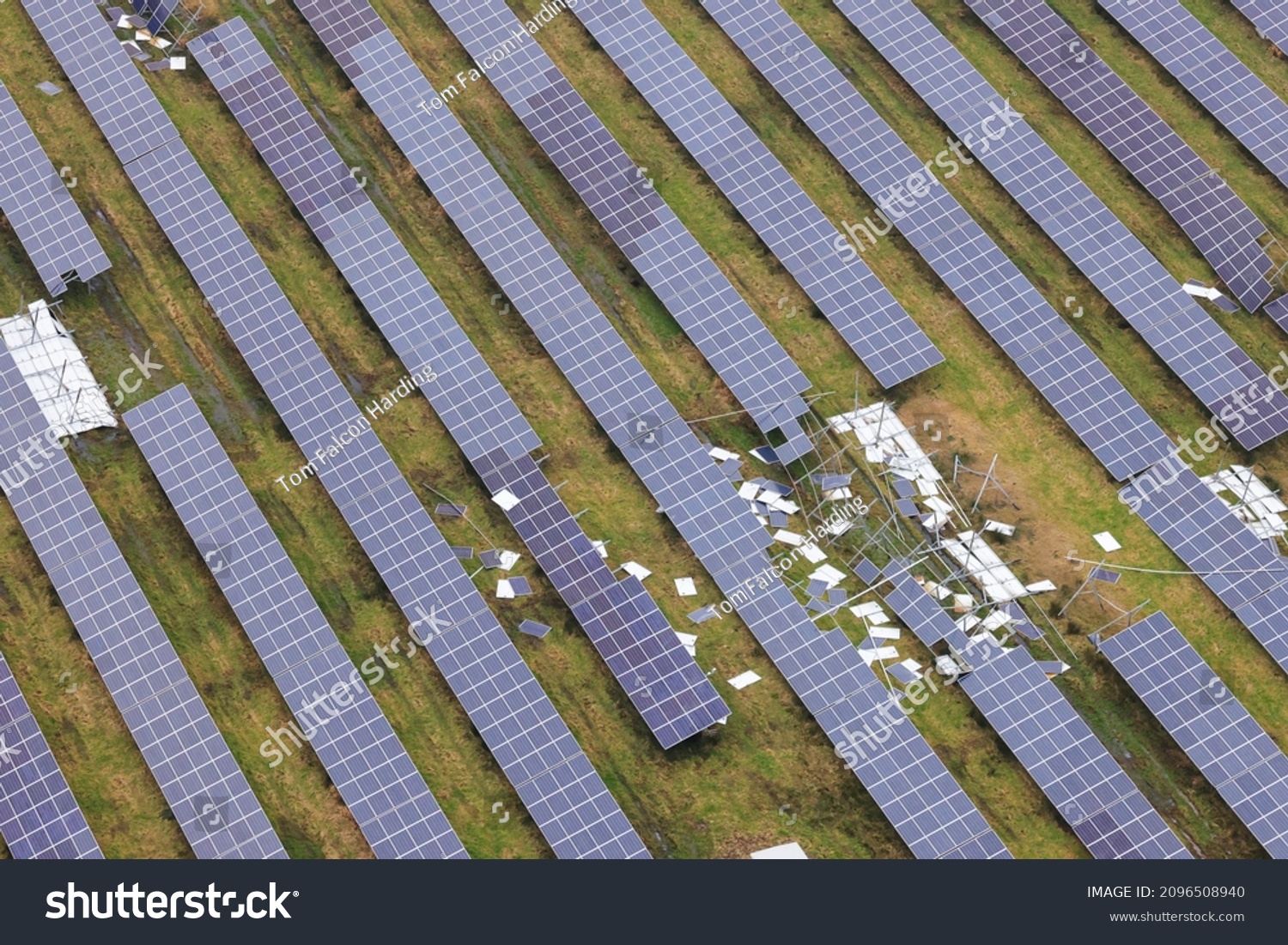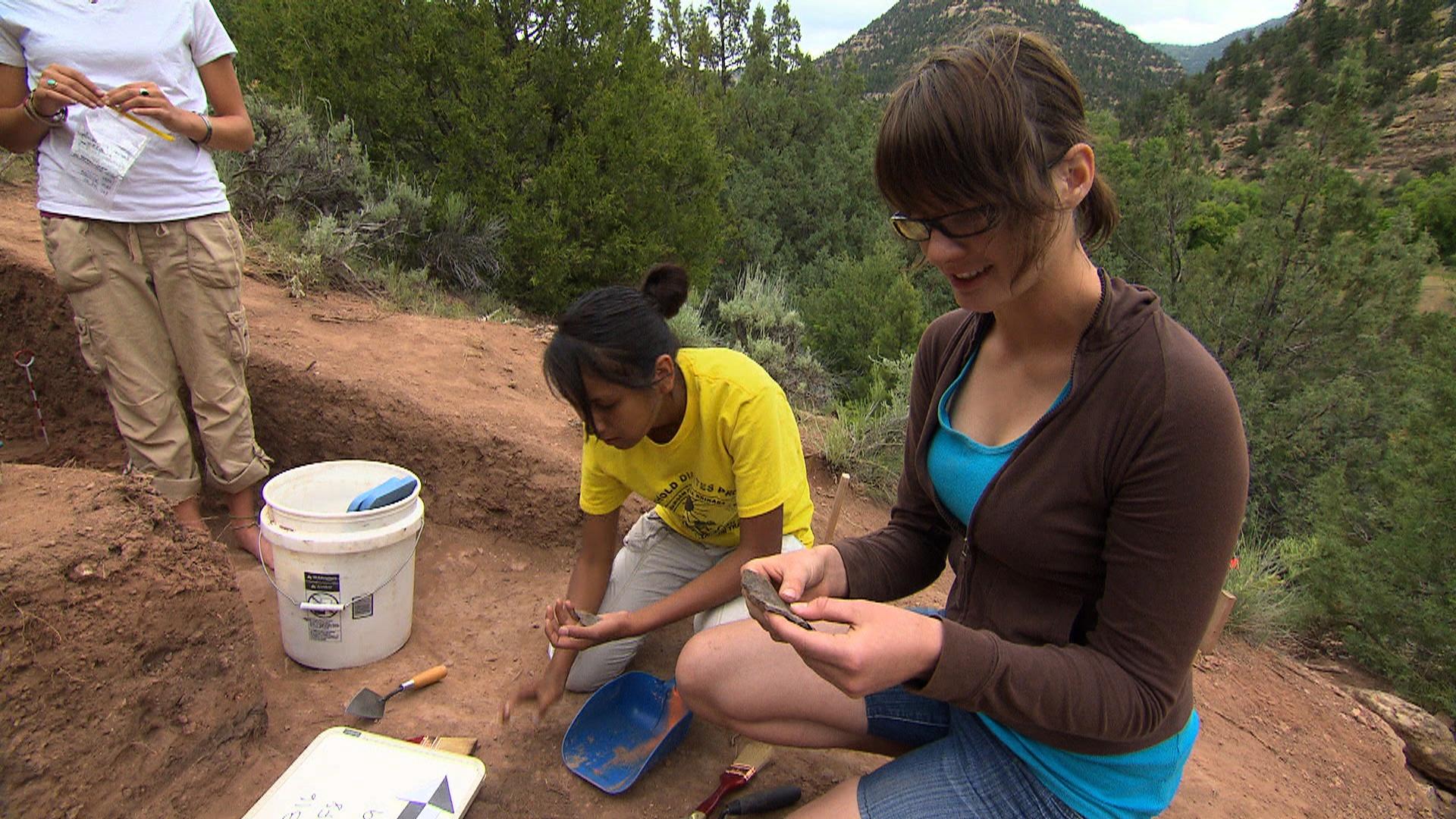The Miyake Events: Cosmic History Hidden in Trees
In 2012, a groundbreaking discovery was made by Japanese physicist Fusa Miyake, forever altering our understanding of cosmic interactions with Earth. During her research on Japanese cedar trees, Miyake identified a peculiar spike in carbon-14 isotopes within tree rings dated to the years 774 and 775 AD – a spike attributed to a previously unknown cosmic event. Today, we recognize these rare cosmological phenomena as Miyake Events. They are bursts of cosmogenic isotopes, triggered by high-energy cosmic rays, which leave detectable imprints in the isotopic composition of Earth’s atmosphere. As such, these events not only serve as an important key to unraveling cosmic history, but also hold practical implications for fields ranging from physics to archaeology.
Understanding Miyake Events and Their Origins
Since Miyake’s initial discovery, scientists have pinpointed at least six separate events by examining tree ring data, with carbon-14, beryllium-10, and chlorine-36 standing out as prominent markers. These isotopes are formed when cosmic rays interact with Earth’s atmosphere, creating lasting records in biological systems such as tree rings. The Miyake events identified so far span from ancient times around 5480 BC to more recent events in 774/775, 993/994, and 660 AD.
While the exact origin of Miyake events remains a mystery, solar activity appears to be a strong candidate. Intense solar storms, far exceeding anything observed in modern history, may have generated the cosmic rays responsible for these isotopic spikes.
Are We Overdue for a Miyake Event?
Miyake events appear to occur at intervals of one every few hundred years, leading some experts to speculate we may be overdue for one. The largest solar storms on record, such as the Carrington Event of 1859, pale in comparison to Miyake events. Carrington resulted in auroras as far south as the Caribbean and caused significant disruptions to the early telegraph systems of the time. Although Carrington caused notable disturbances, it was not strong enough to leave a detectable imprint in tree rings. The energy released during a typical Miyake event, however, could be as much as five times larger than Carrington, sending approximately 660 billion times the energy of the Hiroshima atomic bomb as cosmic rays toward Earth.
< >
>
The Implications for Modern Civilization
What makes Miyake events particularly concerning is their potential to devastate modern technology. While these events don’t pose a direct threat to human health on the ground – Earth’s atmosphere provides ample protection against radiation – they could cause widespread destruction to the global power grid, satellites, space travel, and any unprotected electronics. It has been estimated that a Miyake event could knock out telecommunications, power infrastructure, and the internet for extended periods.
The comparison to asteroids is apt: although the probability of a Miyake event occurring in our lifetime is low, the damage would be extensive. Similar to asteroid preparedness strategies, we would need advanced warning systems in place to mitigate the impact. Possible mitigation techniques include temporarily shutting down critical infrastructure, grounding flights, and safeguarding satellites.
< >
>
Technological Vulnerability and the Fermi Paradox
The potential for solar flares of Miyake-level intensity invites speculation within the context of the Fermi Paradox – the apparent contradiction between the expected occurrence of extraterrestrial civilizations and the lack of detectable signs of them. One possibility is that the extreme solar activity characteristic of many stars could inhibit technological development or disrupt it after civilizations have emerged. For stars like our Sun (“type G” stars), Miyake events may represent a cyclical danger that requires civilizations to evolve protective solutions or face regression due to system-wide technological failure.
<
>
Archaeology’s Unexpected Benefit from the Miyake Events
While Miyake events represent a serious concern for future society, they have provided unexpected benefits for historical study. In particular, the precision of isotope spikes allows scientists to date organic material with unprecedented accuracy, aiding archaeological research. One example is the Viking presence in Newfoundland around 1000 AD. Previously, dating Viking artifacts was limited to broad estimates, but thanks to a tree cut down during the Miyake event of 993/994, researchers were able to narrow down the Viking arrival to 1021 AD. This level of precision is rare in carbon dating without the assistance of such events.
By applying the same principle to other artifacts, researchers could uncover similarly precise timelines for ancient civilizations and events – potentially reshaping our historical understanding of cultures around the globe. This powerful cross-disciplinary collaboration between physicists and archaeologists could unlock new layers of detail within historical timelines, as some recent studies have already demonstrated.
< >
>
Bracing for Future Miyake Events
As our understanding of Miyake events deepens, so too does the realization that preparing for such astronomical occurrences is critical if we aim to preserve our technological civilization. Although we cannot predict when the next event will occur, ongoing solar research (such as monitoring sunspots and solar cycles) may provide vital early warning systems. In the event of another Miyake-scale solar storm, the stakes for power grids and global communication systems could not be higher. But with carefully designed mitigation strategies and a more advanced infrastructure, we may be able to limit the damage and maintain some degree of continuity in our technological society.
Our cosmic history is etched in the very trees that have grown on this planet for millennia. As scientists like Dr. Miyake continue to uncover these clues, it’s clear that looking to the past may well offer humanity a pathway to better understand and navigate future cosmic challenges.
Focus Keyphrase: Miyake Events